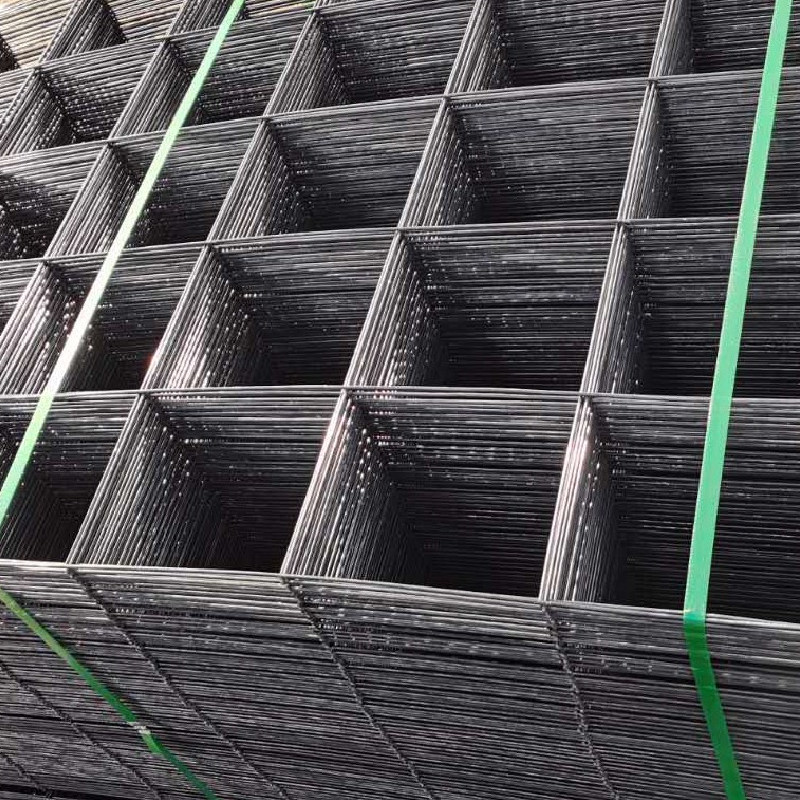The Versatility of Fiber Wire Mesh Applications, Benefits, and Innovations
Fiber wire mesh has emerged as a crucial material in various industries, showcasing its remarkable properties and versatility. As a composite material, it combines the enduring strength of traditional wire mesh with the lightweight and flexible characteristics of fiber materials. This unique combination allows fiber wire mesh to play a vital role in a range of applications, from construction to agriculture, automotive to architecture. In this article, we will explore the features, benefits, and potential innovations associated with fiber wire mesh.
What is Fiber Wire Mesh?
Fiber wire mesh is a composite material typically composed of high-strength fibers, such as fiberglass or polyester, interwoven with steel or plastic wire. This structure allows it to maintain the rigidity needed for various applications while benefitting from the lightweight nature of fiber. It can be produced in various sizes and forms, making it convenient for specific tasks, whether as panels, rolls, or grids. This adaptability contributes significantly to its extensive use in both industrial and domestic environments.
Key Benefits of Fiber Wire Mesh
1. Durability and Strength One of the standout features of fiber wire mesh is its exceptional durability. The combination of fiber and wire offers resistance against corrosion, rust, and chemical damage. This resilience makes it suitable for environments where traditional materials might fail, such as chemical plants or coastal constructions.
2. Lightweight and Flexible Unlike heavy metal meshes, fiber wire mesh is lightweight, which facilitates easy handling and installation. This property also allows it to be used in a variety of forms and applications without weighing down structures or equipment. Flexibility makes it an ideal choice for applications that require bending or conforming to various shapes.
3. Cost-Effective Solution Because of its durability and lightweight nature, fiber wire mesh can lead to significant cost savings over time. Its resistance to maintenance and replacement needs means that businesses and individual users do not have to worry about frequent expenditures associated with material failures.
4. Enhanced Safety Features Fiber wire mesh provides enhanced safety in multiple applications. In construction, it's often used in areas requiring added support and safety, such as in concrete reinforcement. Furthermore, its use in fencing and barriers helps keep unauthorized individuals out while offering clear visibility.
5. Eco-Friendly Options As the world moves towards sustainability, fiber wire mesh production has adapted by incorporating recyclable materials. Innovations in manufacturing processes also aim to reduce environmental impact, making fiber wire mesh an attractive material for environmentally-conscious builders and consumers.
fiber wire mesh

Applications of Fiber Wire Mesh
1. Construction In the construction industry, fiber wire mesh is commonly used in concrete reinforcement, road building, and building foundations. Its application improves structural integrity and longevity, especially in harsh environments.
2. Fencing and Agriculture The agricultural sector utilizes fiber wire mesh for fencing, providing a protective barrier for livestock and crops. It is effective in keeping animals contained while still allowing air and water to pass through.
3. Architecture In modern architecture, fiber wire mesh contributes not only to safety and functionality but also to aesthetic appeal. Designers often use it in facades and interior designs, where it serves as both a structural element and a decorative feature.
4. Automotive Manufacturing The automotive industry employs fiber wire mesh for lightweight vehicle components that enhance fuel efficiency without compromising safety. Its flexibility allows for innovative design possibilities in car manufacturing.
Innovations on the Horizon
As technology advances, the potential for fiber wire mesh continues to grow. Researchers are exploring new composites that enhance the material's properties, such as increased fire resistance and even smarter features such as embedded sensors for monitoring structural health. These advancements could further broaden the applications of fiber wire mesh in future construction, safety, and design practices.
Conclusion
Fiber wire mesh represents a remarkable intersection of strength, flexibility, and versatility in material science. Its applications across various industries not only underscore its importance but also highlight its potential to innovate and adapt to changing needs. As we look to the future, fiber wire mesh will undoubtedly play a vital role in driving sustainable practices and enhancing safety in an ever-evolving industrial landscape.
-
Why Galvanized Trench Cover Steel Grating Resists Corrosion
NewsJul.10,2025
-
The Versatility and Strength of Stainless Expanded Metal Mesh
NewsJul.10,2025
-
Load Calculations in Steel Grating Platforms
NewsJul.10,2025
-
Keeping Pets and Kids Safe with Chicken Wire Deck Railing
NewsJul.10,2025
-
Hole Diameter and Pitch for Round Perforated Metal Sheets
NewsJul.10,2025
-
Aluminium Diamond Mesh in Modern Architecture
NewsJul.10,2025
Subscribe now!
Stay up to date with the latest on Fry Steeland industry news.

